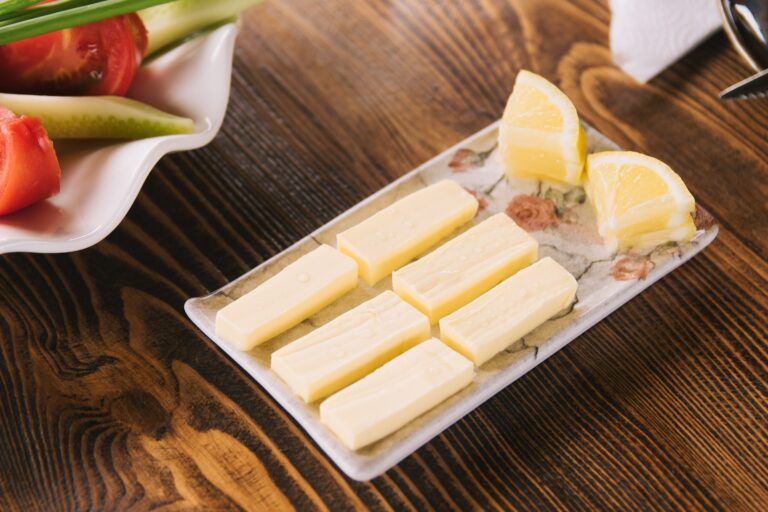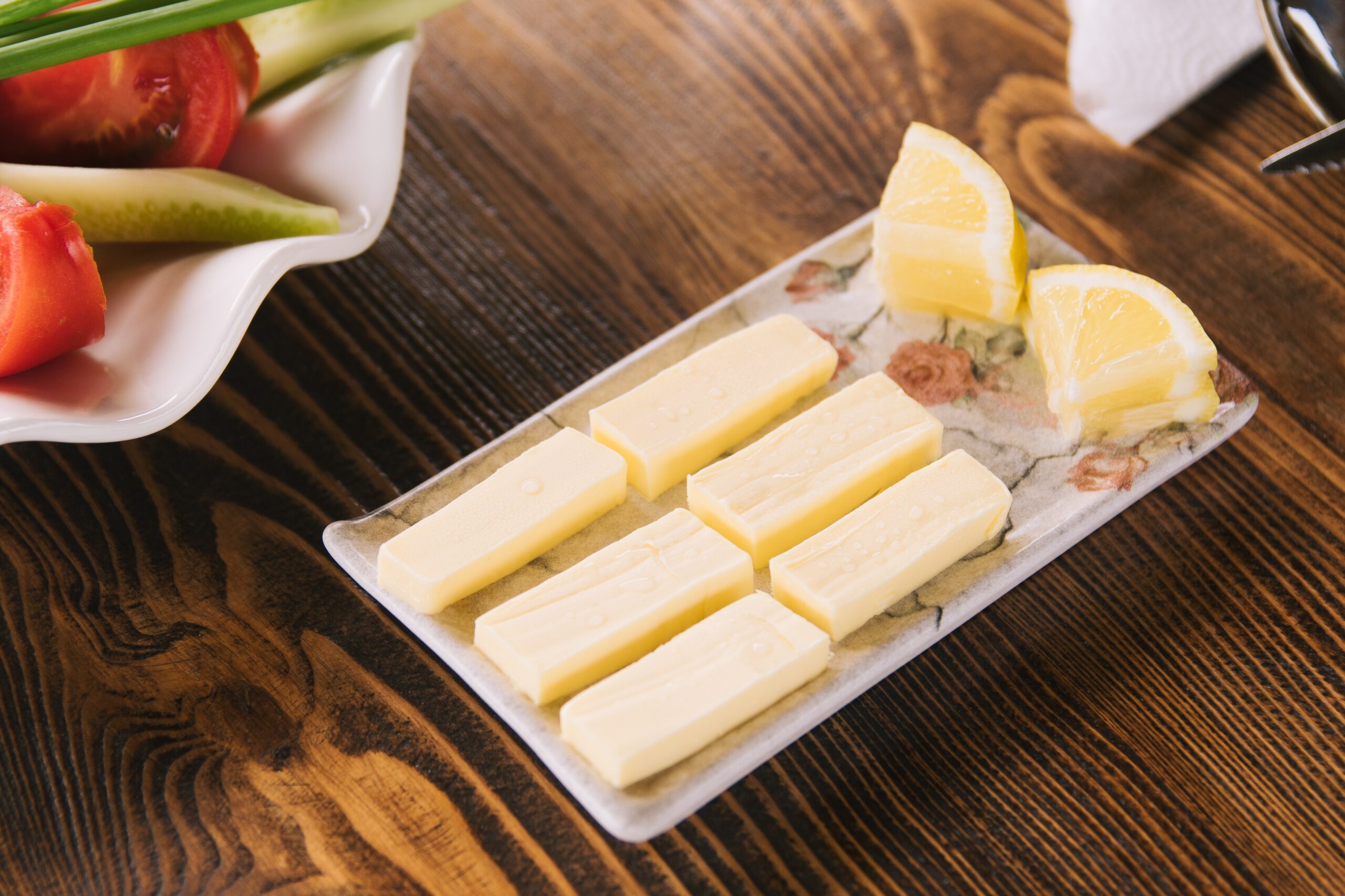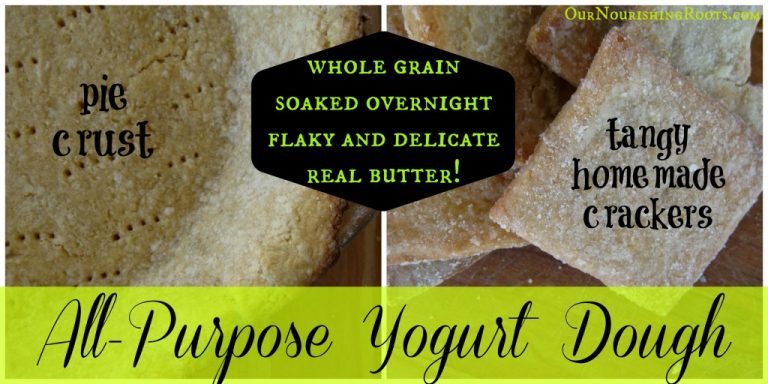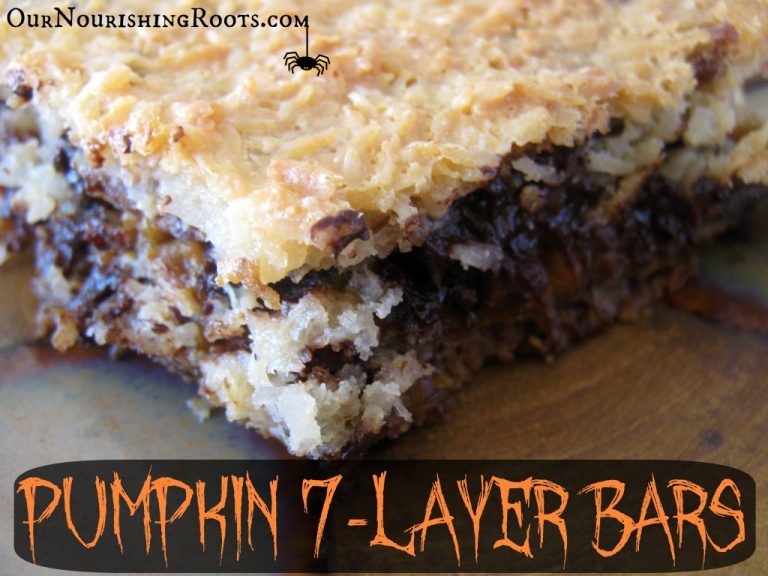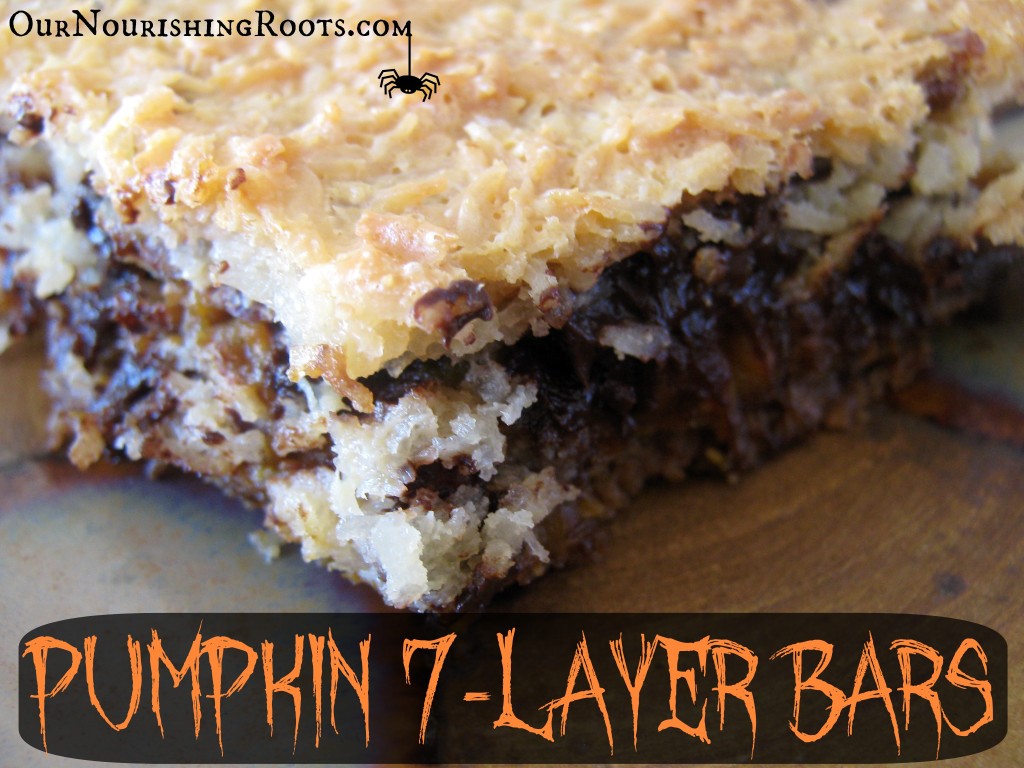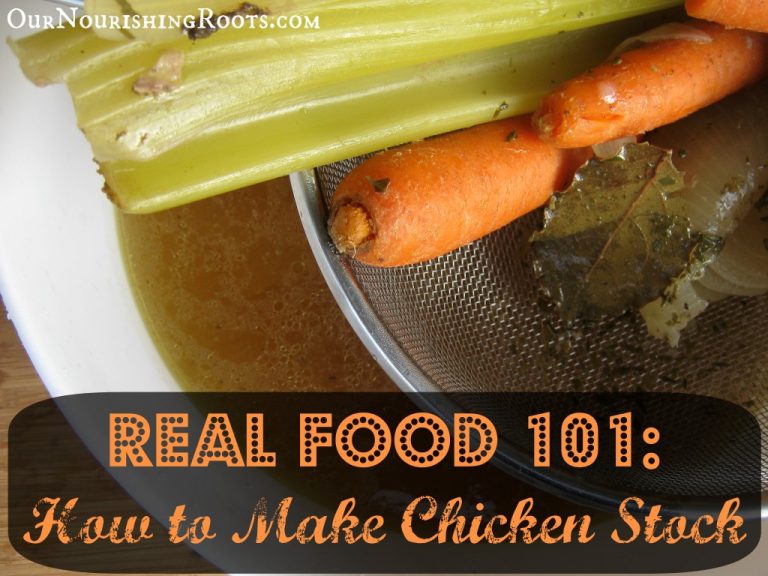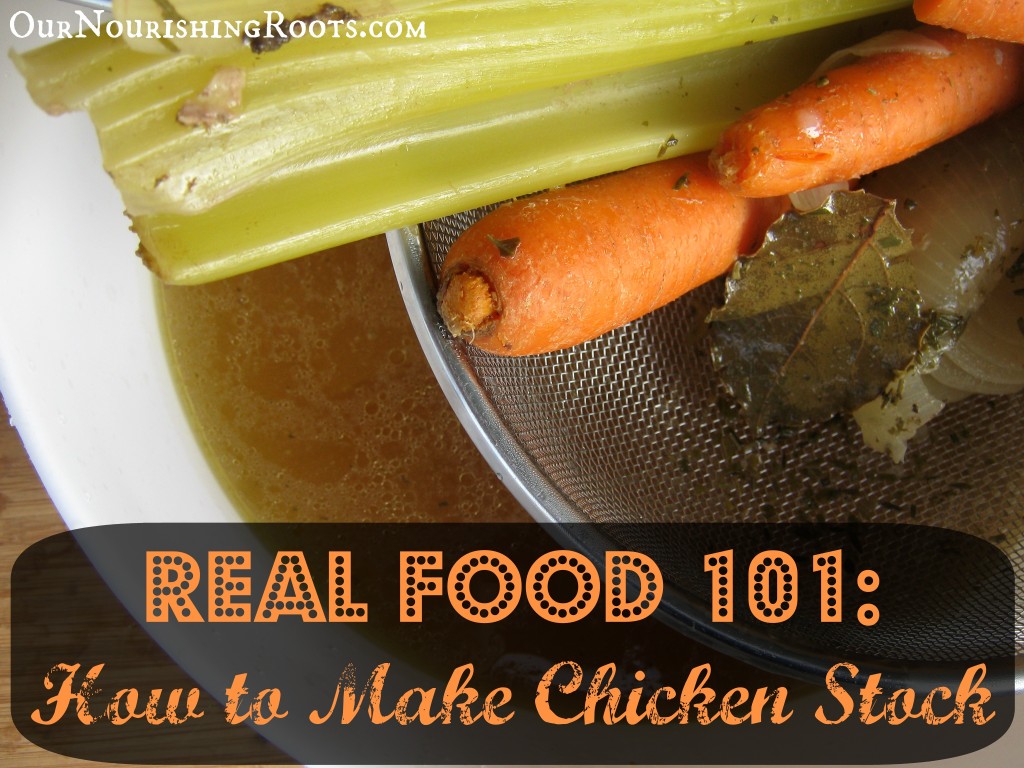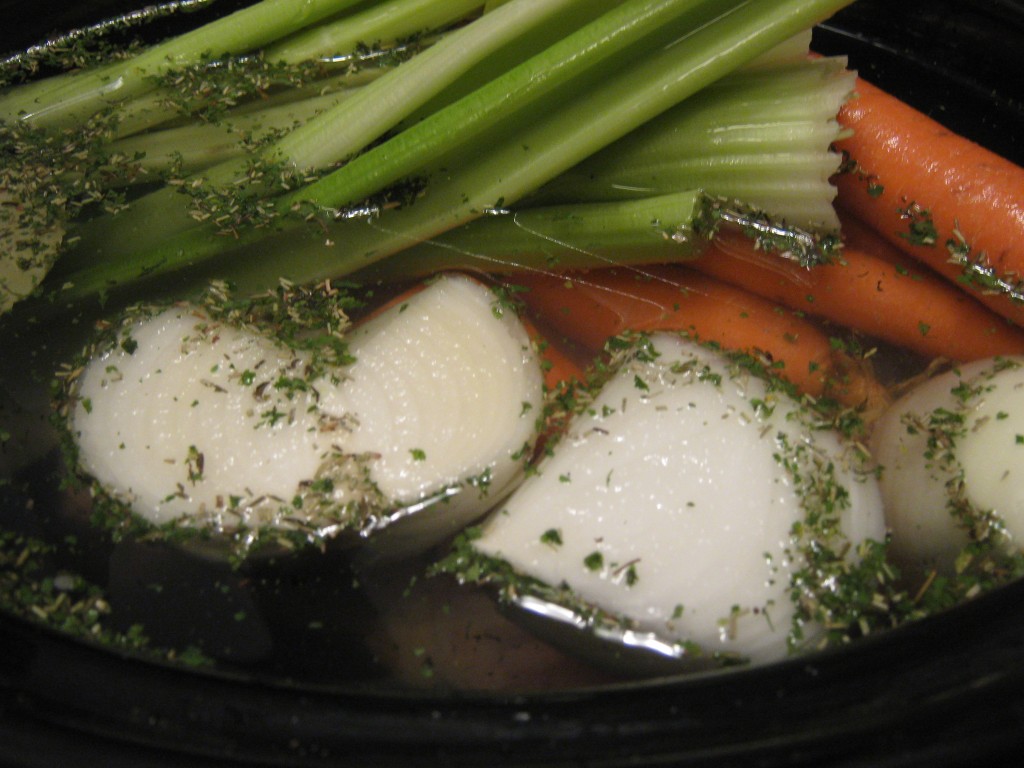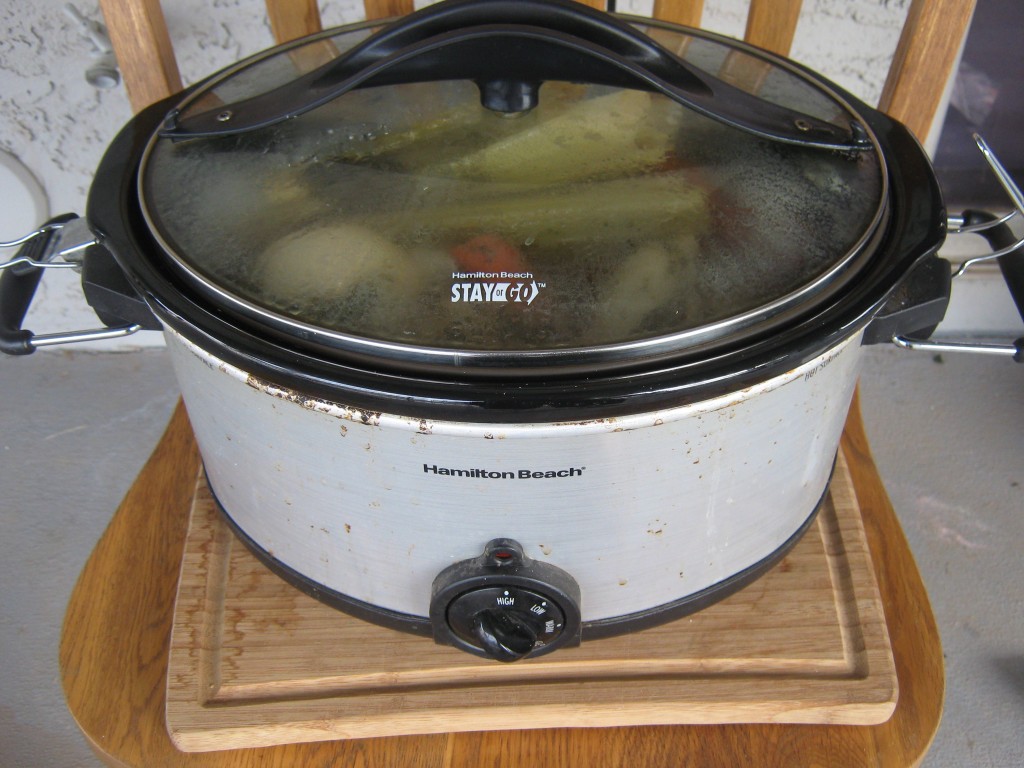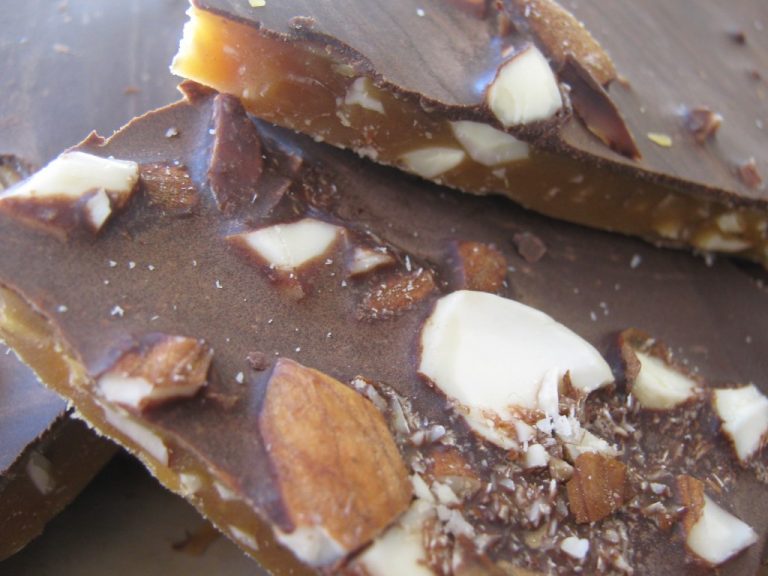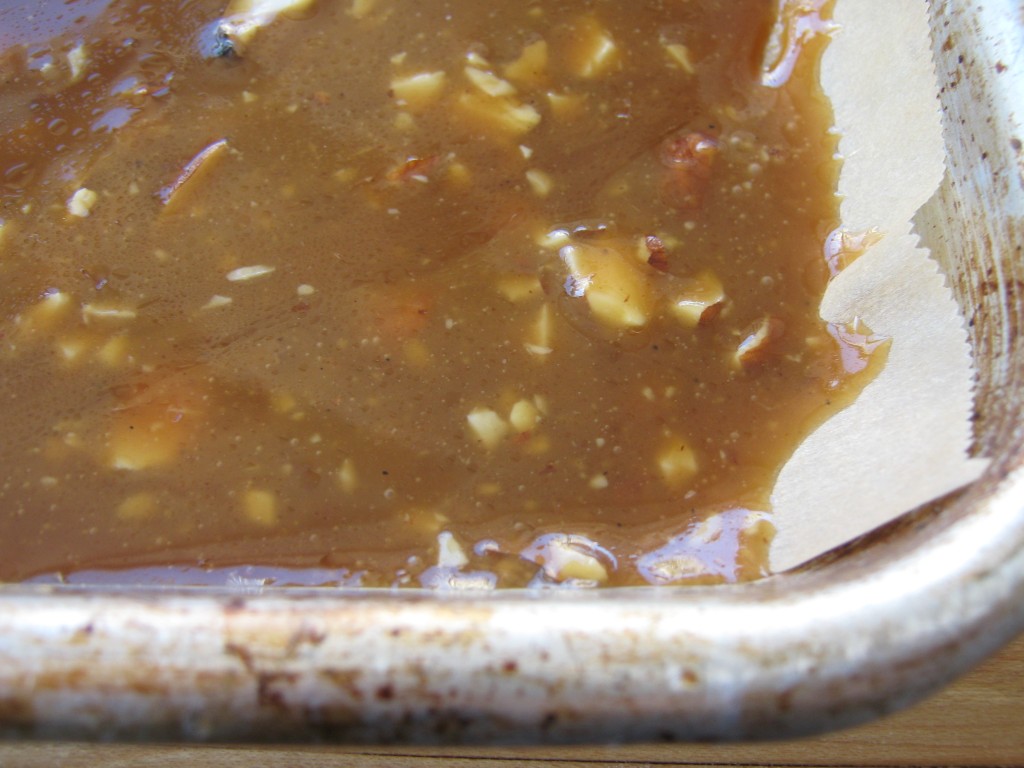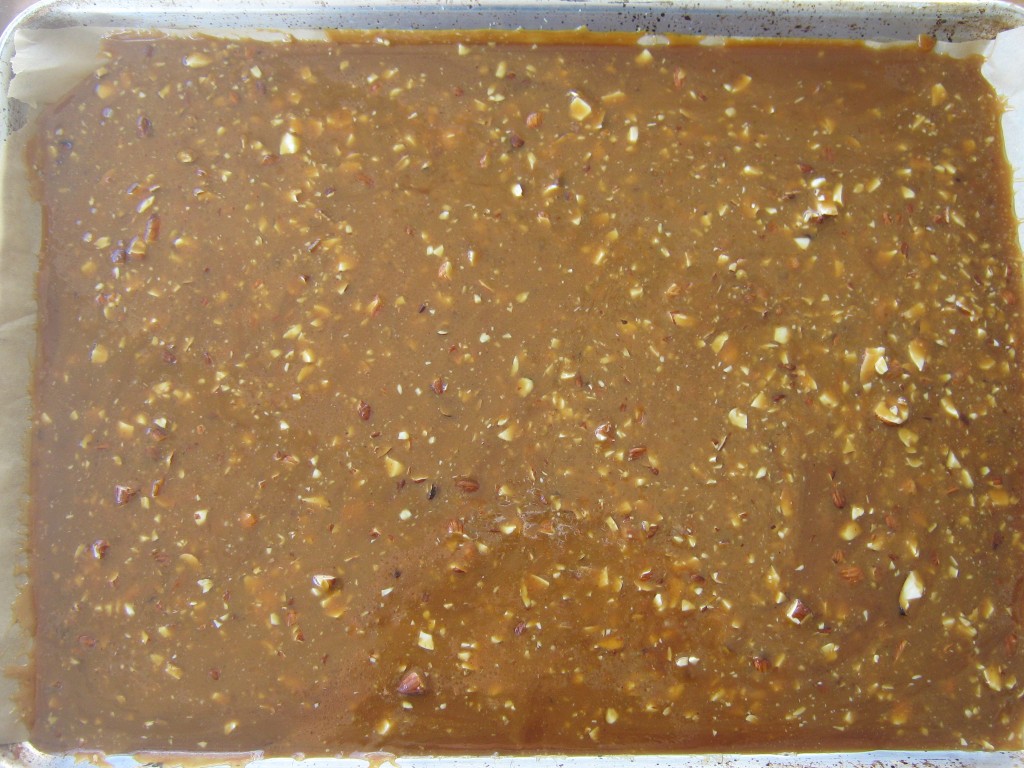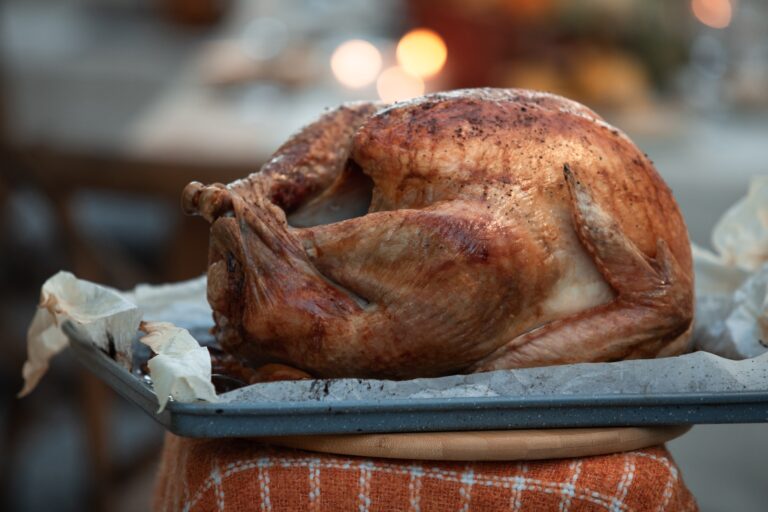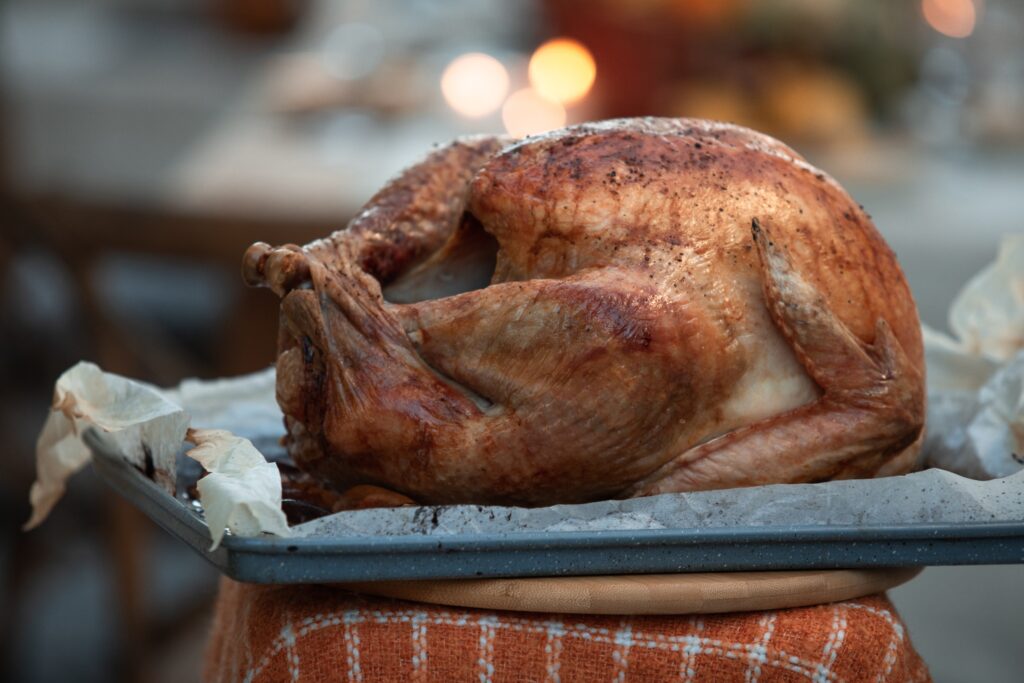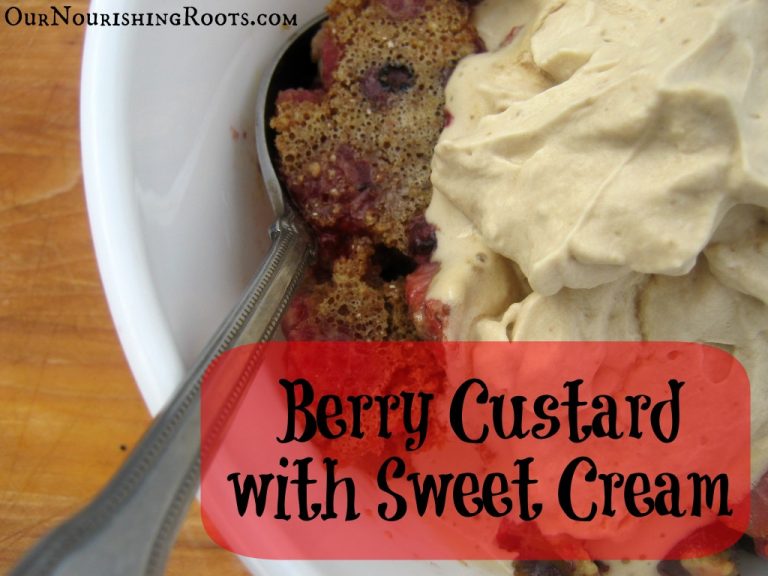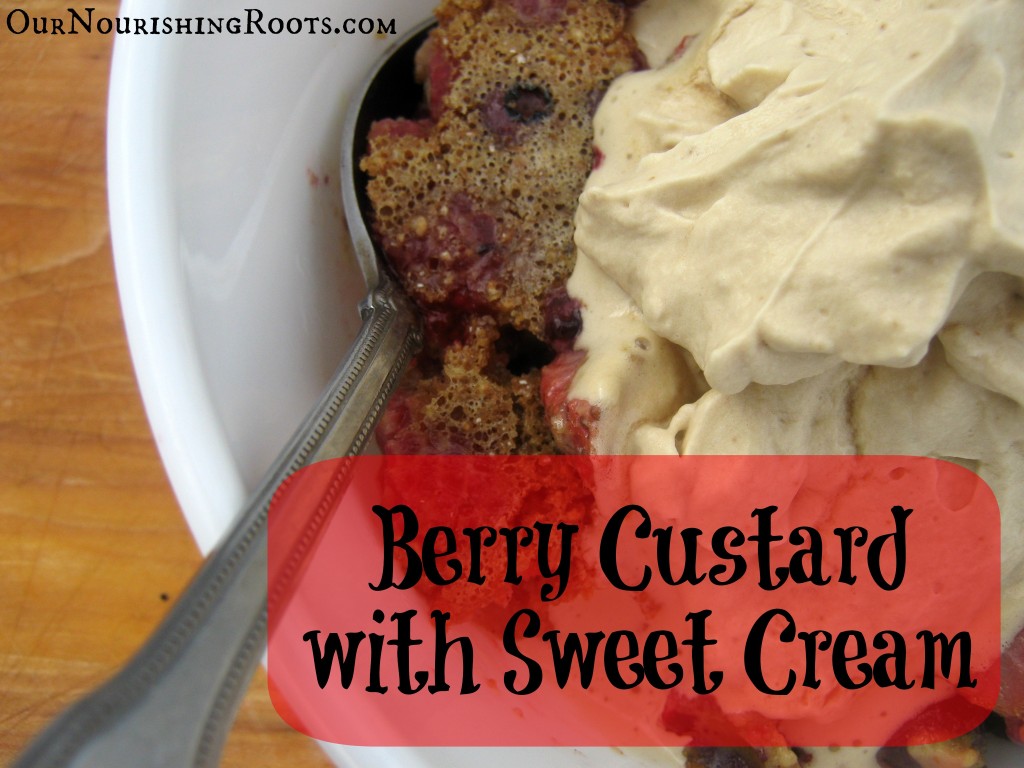In this post, I want to talk a bit more in-depth about the negative effects of stress. We all know that being constantly stressed out is not good for you, but we are rarely aware of what exactly that entails.

Stress And Its Effects on Your Body
Did you know that stress can actually make you fat? People like to assume that if someone is fat then they must be stuffing themselves with carbs and fats. But that’s not always the case and I am a good example of that.
I have struggled with fat hatred for a long time. For me, even eating clean and cutting out all of these supposedly harmful foods didn’t do the trick, and I still had trouble losing weight. Now I have decided to embrace that and just accept that I need to work first on other aspects of my health. I do not feel self-conscious about my weight anymore but I feel sorry for anyone who does. Skinny privilege is a real thing. Nobody assumes you are unhealthy as long as you are skinny. But you can eat only the right foods, work out regularly, and still be fat. And people will think that it must be your own fault. But I digress, let’s go back to the main topic.
Gaining weight is natural response to stress. That’s because when you are stressed out, your sympathetic nervous system is in overdrive and the body can’t handle that much of the “fight or flight” response. To protect itself from damage, the body begins storing excess fat for protection.
Seek Help and Change Your Habits
I was always easily stressed out. Growing up in abusive household and suffering from PTSD will do that to you. I have healed a lot since then, I worked on myself and my mental health by going to therapy, but still, I think I more prone to stress than most people. Other factors might be important as well. Studying stressed me out and I didn’t get enough sleep when in high school. I was eating a regular American diet for all those years and I was inadvertently exposing myself to all kinds of chemical substances like PUFA. All of that has an effect on how we handle stress.
Stress is not only making your mind stressed, it’s making your whole body stressed. All of your organs are working in stress mode which disables their proper functioning. Similarly, when you relax after a stressful day at work, your body relaxes too. Having a tasty snack, getting a good night’s sleep, or even orgasming are all good ways to help you relax because these actions lower your stress levels.
Your Parasympathetic Nervous System
By relaxing, we are indicating to our parasympathetic nervous system that we are feeling good and that there are no worrying situations going on. In turn, we don’t get cold feet and hands because blood circulation is working as intended, our gut is properly digesting food, and we have more energy because our metabolism is improved.
Do you remember my other post about stress and the sympathetic nervous system? Both the parasympathetic nervous system and the sympathetic nervous system regulate our body’s functioning. But while the sympathetic nervous system deals more with handling stressful situations (the fight or flight response), the parasympathetic nervous system is all about relaxation. They work together to help you survive.
The parasympathetic nervous system is triggered whenever you feel relaxed. It’s best described by the term SLUDD which stands for Salivation, Lacrimation (crying), Urination, Digestion, Defecation.
So, what does it have to do with body weight? Everything.
Diet Recovery
I feel like we are still heavily ignoring the role metabolism plays in our health. It is most commonly associated with fast digestion and being skinny but it’s more important than that. It affects all of our bodily functions. Here is what Matt Stone has to say on the topic in Diet Recovery:
“Yeah, I know. Eating pretty much any overly restricted diet will do these things to you. Throw some “healthy” exercise in there with it and you’ve got a recipe for shutting down your entire system. It’s all caused by a drop in metabolic rate, which, in today’s day and age, is more significant than ever because metabolic rate, collectively, is already at an all-time low.
The Role of Metabolism
This of course sucks because your metabolism controls, well, everything. No seriously. EVERYTHING. Metabolic rate controls the rate at which every single cell in your body produces energy. In turn this controls how much testosterone you produce as a male, or how much progesterone – the primary fertility, sex drive, and youth hormone you produce if you are a woman. It controls the speed at which food travels through your digestive tract (the lower the metabolism, the more you have excess gas, bloating, constipation, or even irritation and resultant IBS-like symptoms).
Metabolism controls how many of those happy neurotransmitters you produce too. When metabolism is low you sort of live, perpetually, in that state that people get in when they haven’t eaten in several hours – somewhere between depressed, spaced-out, and angry at the world.”
Having a good metabolism is the key to not only losing weight, but also to being healthy overall. And one of the ways we can improve our metabolism is to utilize the parasympathetic nervous system. So yes, relaxation and getting our stress levels under control is how we can lose weight.

